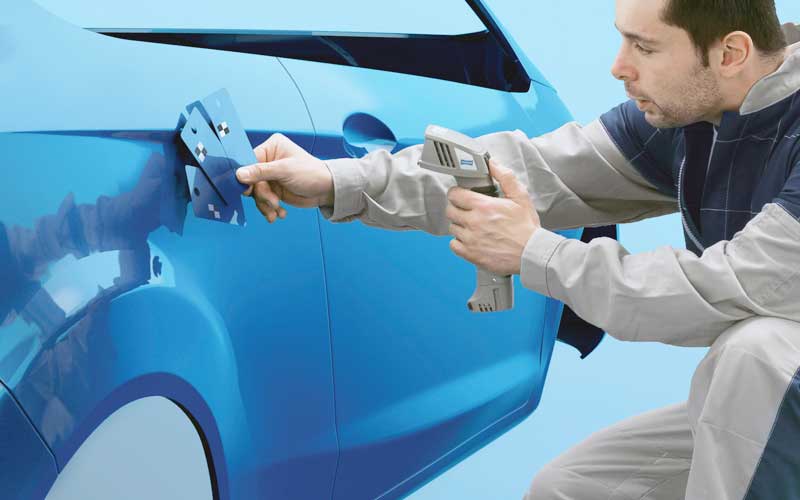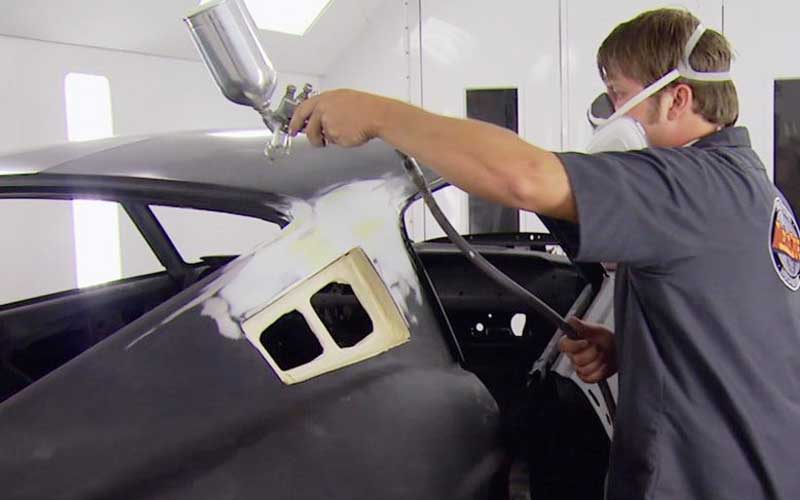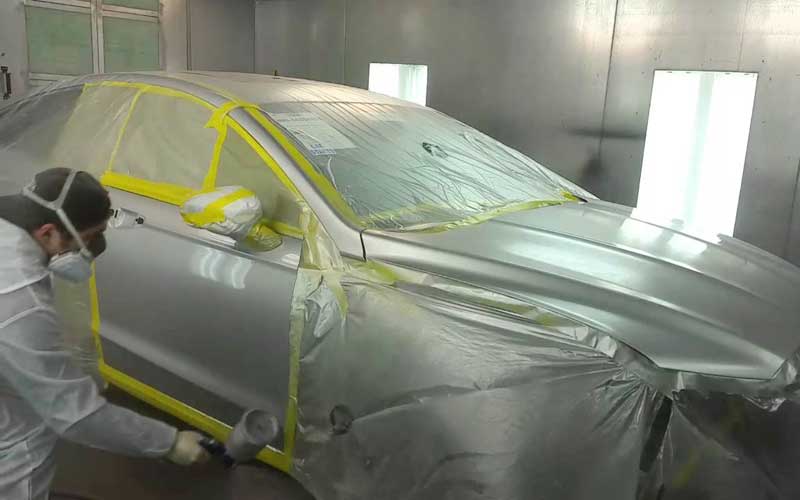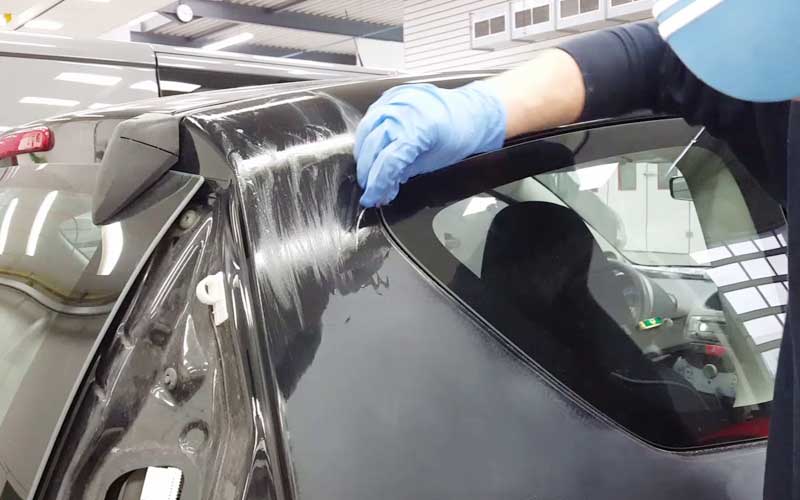The clear coat of your car may begin to peel off after a while, due to elements such as overexposure to the sun and vigorous activity on the road. If you peel the clear coat entirely and try to give your car a new coat, it will not only be very costly but will also damage the paint of your car.
Instead of getting a new paint job, you can try fixing the clear coat of your car yourself. That will save you from many hassles.

Clear coat of your car
What is a clear coat?
The car’s surface has three coats, the base coat, primer, and clear coat. The clear coat is the third and final layer, and its job is to protect the two layers underneath. It is basically non-pigmented, providing gloss to the surface of your car and making it look presentable.
Is it actually important?
It is crucial to fix the topcoat as it serves many functions. It doesn’t just give your car a pretty look; it also prevents damage such as paint swirls, water spots, and the bad effects caused by the heat of the sun. If the topcoat isn’t there, these damages reach the deep layers of the paint, and that makes them way more difficult to remove.
How to repair the clear coats
If you want to repair the clear coat yourself, you would have to follow certain steps, which are:

Clear coat yourself
1. Wash the area
The first thing you need to do is wash the area that you are planning to repair, to remove the dust and debris resting on it. You can use car shampoo, and a microfiber sponge to do so.
2. Blocking off
You need to seclude the area that you have to work with. The surface of the car is divided into many panels. Tape the edges of the panel that you are going to clean. This is to protect the other panels of the car.
3. Sanding
Use non-woven, fine grit sandpaper for this purpose. Use a firm hand. Keep the pressure even. Try to remove as much of the old coat as you possibly can. As soon as you are done, you will be left with a dull but smooth surface.
4. Rinsing
After you are done with rinsing, wash the area to get rid of the remains of the coat. Make sure the area is totally dry after proceeding.
5. Covering with newspaper
In order to avoid getting the coat on the areas that are other than affected, cover them up with newspapers. No need to cover the entire car, just the areas that lie near the panel you will be coating.

Covering with newspaper
6. Car placement
Park your car in a place where it is protected from the harshness of the environment. It is ideal for parking the car in a garage, as it will be protected from the rain, the sun and other elements there.
7. Removing the dust
Even though you have cleaned the surface of the car before by rinsing, you need to wipe it clean with a tack cloth. A tack cloth will surely remove any dust that remains. If you do not undertake this step, the adhesion of the coat to your car will be affected due to the dust particles in between.
8. Wear a mask
Wearing a ventilated mask is going to ensure that you stay protected from all the dust, and the fumes from the clear coat that may enter your lungs. You should also wear nylon if you want to protect your hands.
9. Activate your clear coat can
To do that, you have to shake the can first. Then remove the lid and put it at the bottom. Press the cap further into the bottom. The cap is what will mix the clear coat into the hardener. After doing that, shake the bottle again.
Purchase a 2k clear coat because it is more durable than a 1k one.
10. Spraying
Keep a distance of at least 8 inches away from the area. Move the can at a steady speed and do not stop in between, as it will create blots of the coat. Press the button before you start moving the can, and release it before you stop the can as well.
11. Applying more coats
You need to apply at least three coats of clear coat. Give a 10-minute gap in between each one. Don’t drive your car while it dries.
12. Remove the covering
The covering that you did before painting, it is time to remove that now.
13. Blending the clear coat
After you are done with coating, you need to blend the clear coat into the area that couldn’t be coated because of the masking tape that was used to cover it. This is an important step as if you leave that small strip of area unblended; it will give it a nasty and unfinished look. Wait at least 48 hours before you begin the process.

Blending the clear coat
14. Rinse the blending area with water
Wipe the area with a piece of cloth to free it from dirt.
15. Sand the area
Sand the line of clear coat in a gentle manner. Do not end up sanding too much, as it will damage the layer of clear coat. Keep it gentle.
16. Polishing
You have to polish the area now. Squeeze a few drops of polish onto the surface. Then continue to polish the surface in the same direction in which you applied the clear coat. Do not polish against the direction in which you applied the clear coat, as you may end up peeling it. Keep polishing the car until the surface is shining.
Purchase a polisher, a rubbing compound, and a wool pad before you start polishing.
17. Wipe the surface
The last step is to wipe the surface on which you had been blending gently. Do so with a microfiber cloth, to remove any dirt that has accumulated. Don’t wash your car though, as you may remove the oils of the clear coat and the polish if you do so.


Such an informative article! All the information provided by you is really very helpful. By using tack cloth you can easily remove small dust particles from the surface and it also gives you smooth paint finishing. Thank you for sharing! Keep posting!